.jpg)
Making Waves – Breaking Ground, installation view, Bowhouse, St Monans, Fife, 2025.
Bowhouse, St Monans, Fife
19 July – 4 August 2025 and 16-31 August 2025
by BETH WILLIAMSON
Bowhouse in the East Neuk of Fife in Scotland is a unique exhibition venue within sight of the coastline and surrounded by beautiful countryside. Here, Sophie Camu Lindsay and Alexander Lindsay have created an annual summer art exhibition and festival that lives up to its name – Space to Breathe. The enormous barn space of Bowhouse (almost 900 sq metres), with its roughly hewn stone walls and polished concrete floors, becomes an almost meditative space as about 100 paintings, drawings and photographs from 11 artists hover in space thanks to the unique hang. The fluidity this creates invites visitors to curate their own journey through the works in a superbly relaxed manner and new sightlines are discovered at every turn.
Now in its third year, Space to Breathe in its current iteration is titled Making Waves – Breaking Ground and focuses on work concerned with the land and the sea. The title perhaps also gestures to the manner in which many of the artists included push the boundaries of technique in their chosen medium. Making waves in the processes of photography and breaking new ground in the materials of painting, what we see here is a group of artists innovating in order to understand their subjects more deeply. It is their subtle play with methods and materials that enables the artists in this exhibition to convey the wonders of the natural world with such careful consideration. Turning on the tension between its strength and its fragility, between its beauty and its horror, the natural world, and the elements of earth and water in particular, in these images becomes a scene of encounter with ourselves where we are asked to reflect on our engagement with and responsibility for the world in which we live. There is nothing didactic here, no moralistic ramblings or call to attention, just a gentle request for renewed awareness of the beauty around us and the ecological impact on it of our contemporary lives.
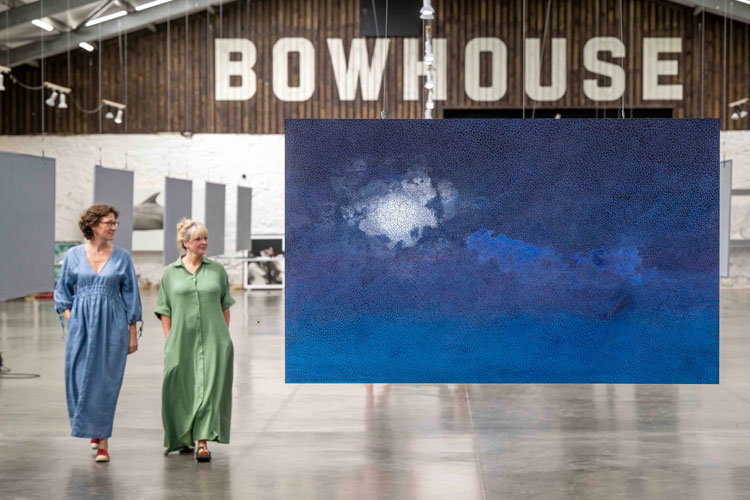
Making Waves – Breaking Ground, installation view, Bowhouse, St Monans, Fife, 2025.
Putting this into some sort of historical context, I am reminded of the words of the Scottish artist William Johnstone on his understanding of nature in the film I See the Image, made in 1980: “I am part of nature and nature is part of me. When the wind blows cold, I feel it. When the sun comes out, I feel it. When I put the paint on there, I feel it but I put the paint on it. It’s a unity, it’s unification. It’s an absence up to a certain extent of the material world.” That absence of the material world, the ability of artist, and indeed viewer, to let go and get lost in the image, is the opportunity we have here. In a sense, it presents us with the prospect of disengaging with the material world and immersing our thoughts in the image before us, just for a moment. Coming back into consciousness, refreshed from this experience, is where we find a space to breathe, a space to open up new conversations.
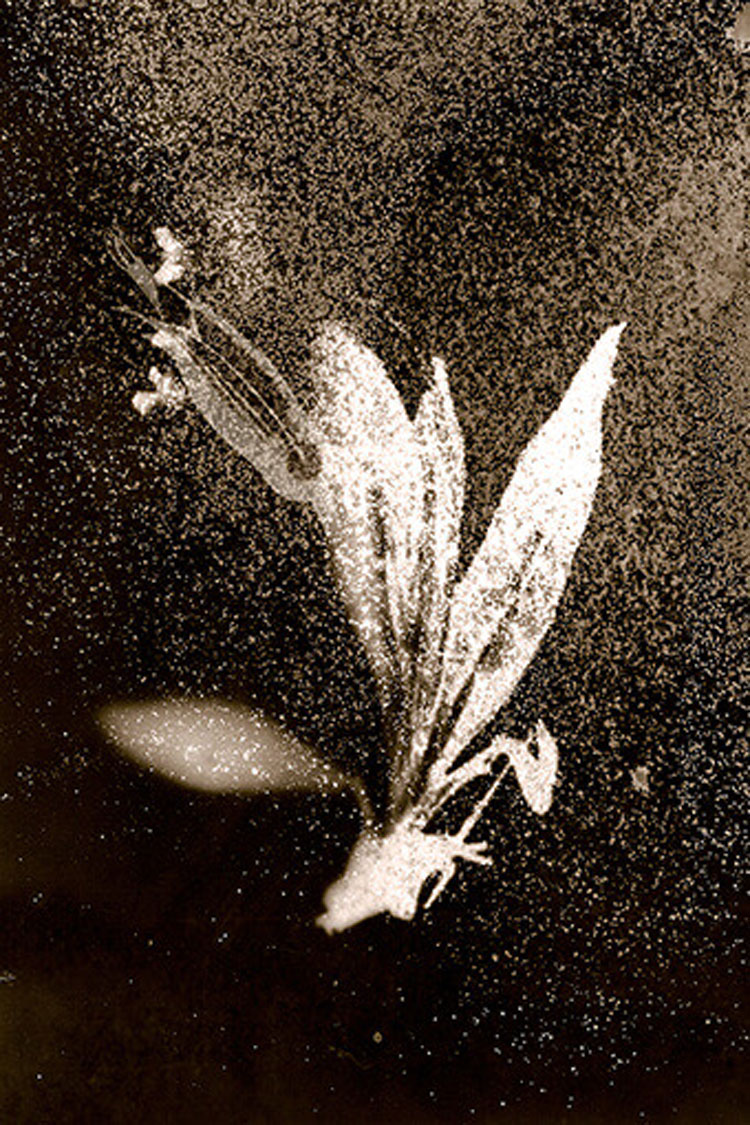
Anais Tondeur, Byrsonium Lucida, Exclusion Zone, Chernobyl, Ukraine, Radiation Level: 1.7 microsieverts. From the series Chernobyl Herbarium, 2011-present. © the artist.
Of the 11 artists presented here, many explore new approaches to photography so that the medium itself becomes more like painting through processes of layering, reflection and manipulation. Anaïs Tondeur’s Chernobyl Herbarium (2011-ongoing), a collaboration with the philosopher Michael Marder and the bio-genetician Martin Hajduch, presents rayograms of radioactive plants and earth collected from inside the exclusion zone surrounding the Chernobyl nuclear power plant following the explosion of the core of reactor number four in 1986. These ethereal images show the material traces of an invisible disaster and there is an irony of sorts that such small and delicate images can convey the memory of something of such magnitude and enduring effect.
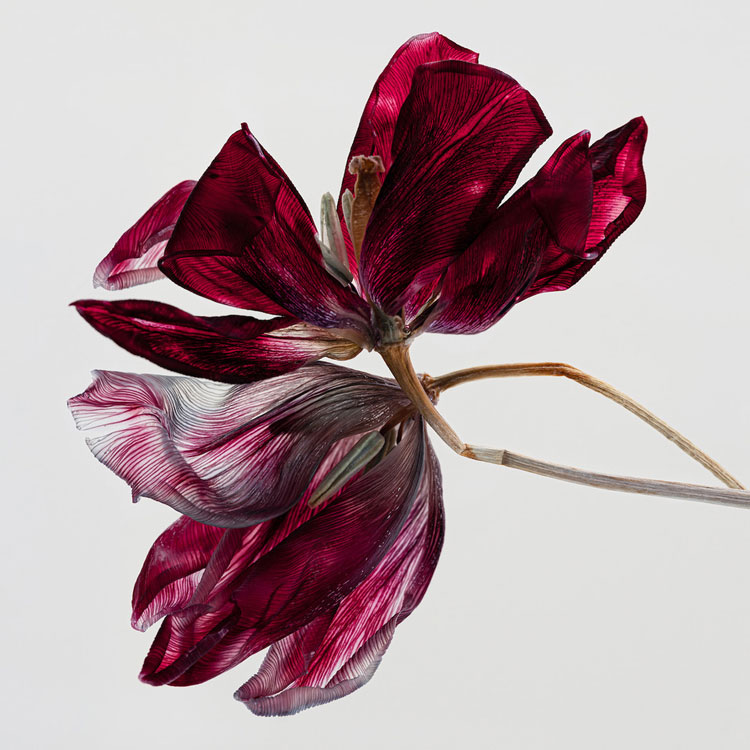
Kathrin Linkersdorff, Fairies II/9, 2023. Archival pigment print, 153 x 153 cm. © the artist.
Kathrin Linkersdorff addresses the fragility of life with her achingly beautiful botanical photographs, particularly tulips at different stages of their life cycle. In the Wabi-sabi series, she embraces the Japanese idea of the same name and underlines the impermanence of life by capturing the desiccated flowers on the cusp of their disintegration. Despite this, she manages to share something of their vitality. In the Fairies series, she uses experimental techniques to capture the fading beauty of tulips, working at the intersection of photography and botany. Using biological methods, Linkersdorff is able to extract colour from dried tulips, then reintroduce it in concentrated form to reinvigorate the plants in a miraculous alchemical dance.
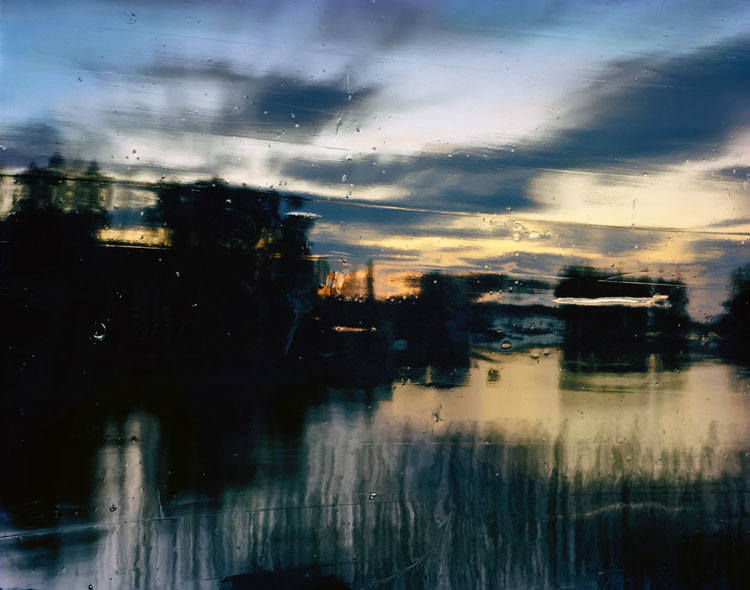
Jorma Puranen, Icy Prospects 70. Pigment print, 115 x 145 cm. © the artist.
The Finnish artist Jorma Puranen uses reflection to capture painterly images. Seascape 7 (2019) shows a landscape reflected on a rain-beaded window. In two works from his Icy Prospects series, you have to look closely to realise that the image is in fact a doubling, with a horizontal mirroring just below the halfway line. He achieves this using a hand-painted black lacquered board held to reflect the space behind the camera. Icy Prospects 70 (2019) is an incredible achievement for a photographer and immediately brings to mind the big-hitting painterly works of the likes of Anselm Kiefer. Yet it is more complex than that, with Puranen taking inspiration from a series of lacquered paintings on wood, depicting a 17th-century French-Nordic exploration above the Arctic circle. For him, it is about memory and history, using 21st-century light to reinterpret a 17th-century scene and in the process create something we might reasonably regard as the contemporary sublime.
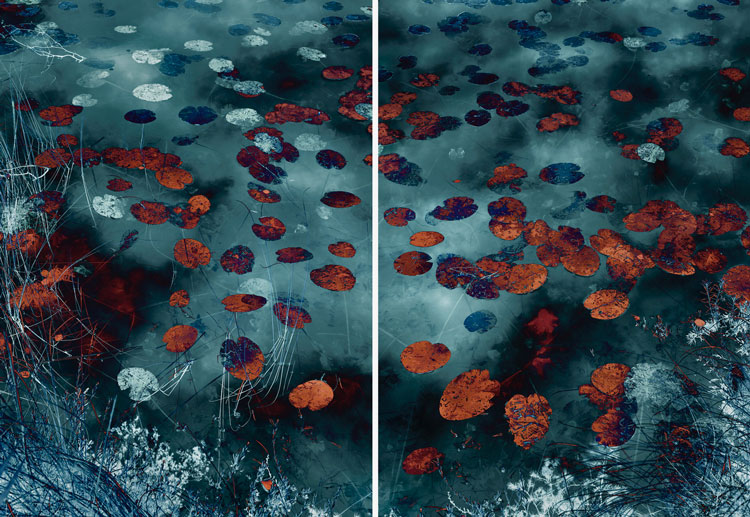
Santeri Tuori, Water Lilies, 2019. Pigment print, diptych each work 195.7 x 138.4 cm. © the artist.
The work of another Finnish artist, Santeri Tuori, is represented with examples from his Water Lilies series, Sky series and Forest series. The Forest series photographs in particular demonstrate his commitment to a painstaking technical excellence that finds him photographing his subject repeatedly over a long period. The precise location does not move a jot (here it is a single spot on the remote island of Kökar in the Åland archipelago in south-west Finland) but the seasons and time of day shift, sometimes across a period of years. Layering and weaving together colour video and black-and-white photography, Tuori creates complex photographic images that convey movement while taking on the deep richness of colour and detail you might find in a painting.
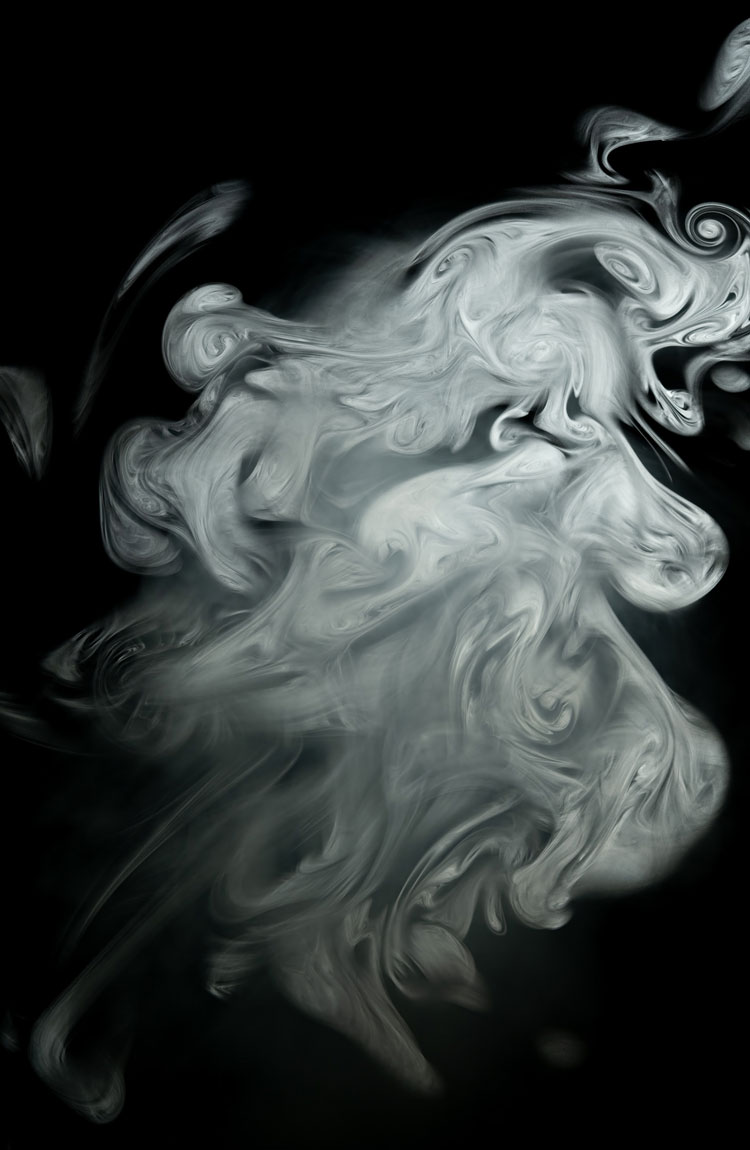
Alexander Lindsay, Smoke Nebula II, 2025. Archival pigment print. © the artist.
The work shown by Lindsay in this exhibition is something of a departure for the photographer best known for his documentary film-making and monumental landscape photography from across the world. At Bowhouse, visitors are privy to his curiosity with the movement of smoke. In this, his newest experiment, the artist needed to travel no further than his studio where he created and captured the patterns of smoke particles suspended in air and frozen in time. Lindsay is understandably guarded about his methods, but the results are astonishing and point to the swirling of currents in the sea or the vast ungraspable nebula of space.
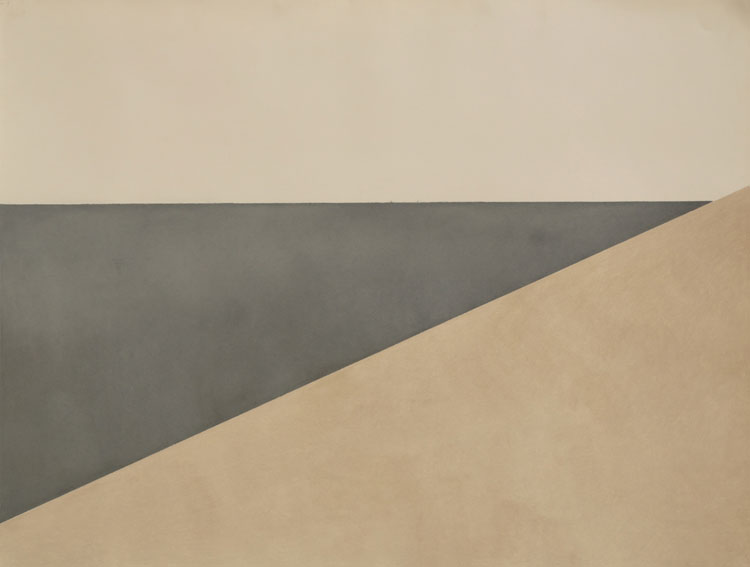
Julie Brook, Desert Drawing 1, Slide 1, 2001. Libyan desert clay and pastel on paper, 121 x 160 cm. © the artist.
Julie Brook is a phenomenal artist best known for her land art and fire-stack works in particular. In this exhibition, it is her drawings and paintings that stretch from one end of Bowhouse to the other, creating a path of clay, pigment and pastel from across the globe. One astonishing fact about Brook is that, in 1991, she began to occupy a cave on the remote west coast of the Scottish island of Jura where she lived and worked for three years. This kind of strength is clear in all her work – from the clay and pigments of the inhospitable deserts of Syria and Libya to seaweed ash from Mingulay in the Outer Hebrides and the red Otjize pigment of Namibia. These works distil the harshness of the environments from which they come and the endurance required to create the transient works left behind in the landscape.
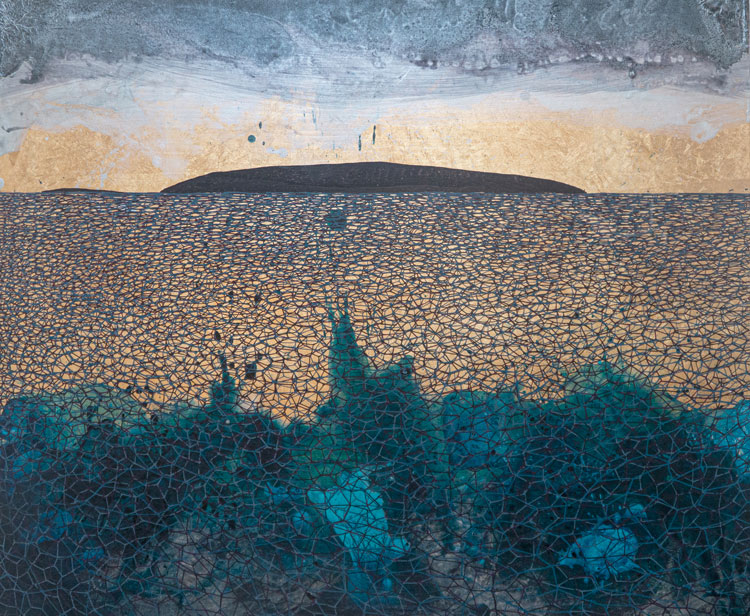
Samantha Clark, Islands, 2025. Acrylic, mica and brass leaf on cradled board, 51 x 61 cm. © the artist.
Samantha Clark is another of the few painters in this exhibition. Her painstaking construction of intricate net-like structure in multiple layers across the surface of her paintings makes for ethereal dreamlike seascapes and cloudscapes that draw the viewer into their comforting depths. This focus on water in its different states is as something that connects us all, not separates us. Clark describes her process as a gathering up of moments in time through a slow meditative practice of drawing. In her own words, Clark’s shimmering nets (she often uses materials such as mica, metal leaf and chrome ink) invite “recalibration towards slowness, stillness, attentiveness” and act as portals to a calmer more connected world.
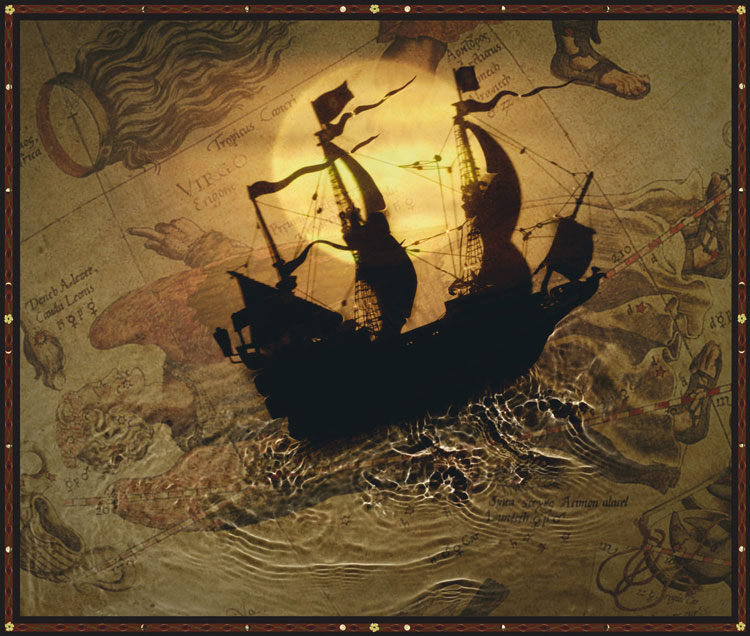
Susan Derges, Sun in Virgo, 2019. C type Lambda on Fuji Christal archive paper, 94 x 106 cm. © the artist.
Other artists included in the exhibition are Susan Derges, Jonathan Delafield Cook, Sue Arrowsmith and Sandra Kantanen. This is a mammoth space to fill, but with 11 artists in the show, there is room for interesting connections and conversations. Any more would have fragmented individual voices, although fewer might have lent greater clarity overall. I would add that some of the artists included are much better represented than others, which makes those connections and conversation a little unbalanced and I would have appreciated a more even spread in that respect. That said, this is a well-considered contemporary art exhibition in a rural location and free to visit for all. It is well worth the trip to East Neuk.
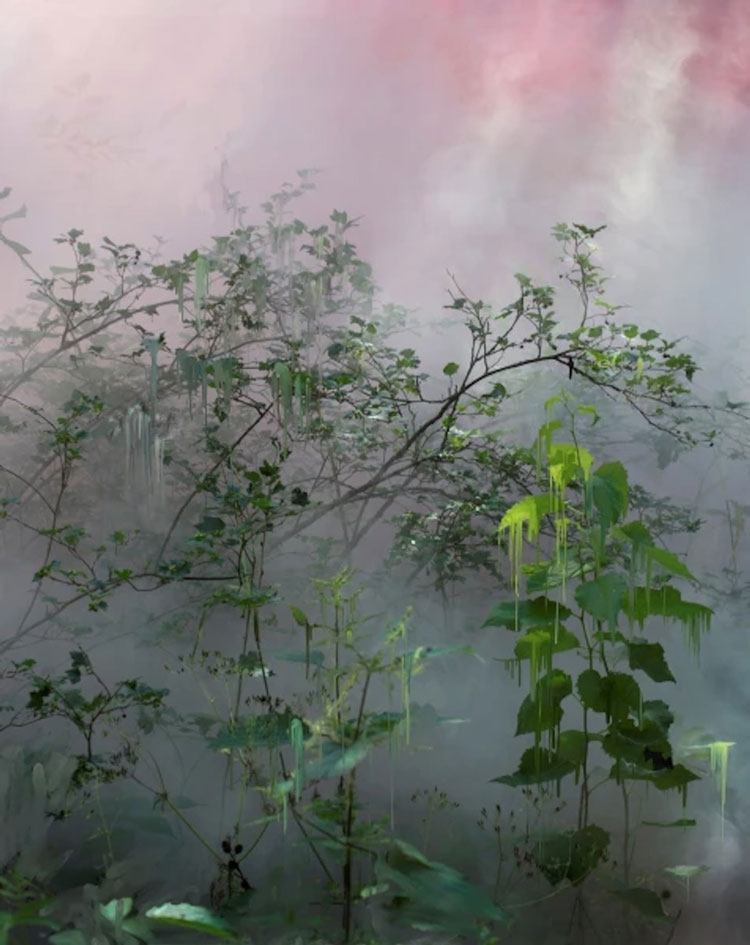
Sandra Kantanen, Forest 21, 2021. Pigment print, 56 x 46 cm. © the artist.
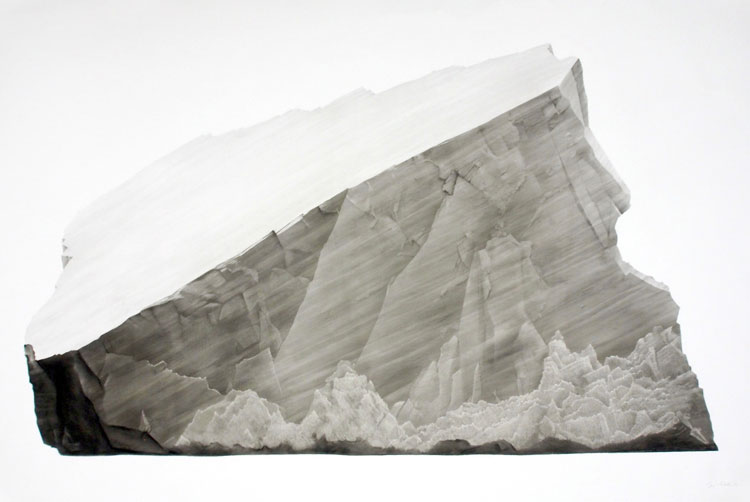
Jonathan Delafield Cook, Iceberg II. Charcoal on primed linen, 130 x 199 cm. © the artist.